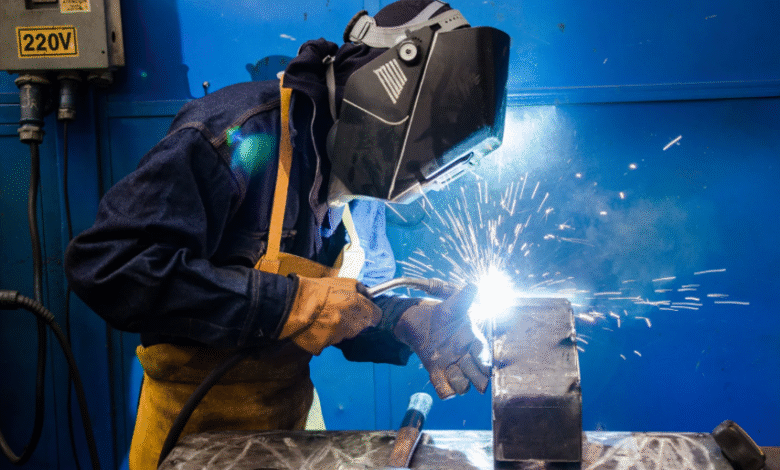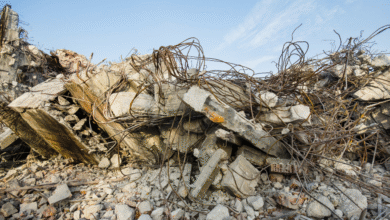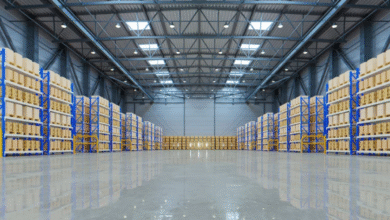What Size of Fume Extractor Do I Need for My Welding Projects?

Selecting the right fume control system is vital for maintaining both safety and productivity in welding environments. Exposure to fumes can compromise air quality and impact long-term health, making proper extraction a non-negotiable part of any setup. For professionals working with different welding applications, the challenge often lies in determining what capacity of extractor is appropriate. Investing in the right solution, such as an SMT fume extractor, ensures contaminants are effectively removed while maintaining efficiency in the workspace.
Why Size Matters in Fume Extraction
The size of a fume extractor directly impacts its ability to capture hazardous particles before they spread into the work area. Too small a unit may not keep up with demand, while an oversized system can waste energy and space. Evaluating factors such as the type of welding process, the volume of work, and the size of the workspace helps identify the correct unit for your needs.
Beyond basic health considerations, fume extractors play a role in maintaining overall workflow. Systems that balance capacity with demand reduce downtime and create a cleaner working environment. This relationship between productivity and clean air is especially evident when examining how SMT automatic fume extractors improve soldering line productivity, showing how well-matched systems can enhance both safety and output.
Assessing Your Welding Environment
Before selecting a unit, it’s essential to consider the specifics of your welding setup. Factors to evaluate include:
- Type of welding performed: Processes like MIG and TIG welding generate different fume volumes.
- Frequency of use: Continuous welding requires higher-capacity units compared to occasional projects.
- Workspace size and ventilation: Smaller shops with limited airflow may require more powerful extractors.
- Number of operators: Multi-station environments often benefit from centralized systems rather than portable units.
By carefully reviewing these aspects, you can match extraction power to your unique environment without overspending or undersizing the system.
See also: Exploring Tech Innovations in the Automotive Industry
Air Quality and Worker Safety
The health benefits of proper fume extraction cannot be overstated. Welding fumes contain fine particles and gases that, if inhaled, can lead to respiratory issues and long-term health concerns. Choosing the right extractor ensures contaminants are captured before they spread, protecting operators and improving workplace conditions.
Understanding how SMT fume extractors improve air quality in a manufacturing workplace reinforce the value of selecting appropriate systems. Cleaner air not only safeguards health but also supports compliance with safety standards and regulations, minimizing risks for both workers and organizations.
Choosing the Right System
Professional guidance is key to selecting the right fume extractor size. Experts can calculate airflow requirements, filter capacity, and capture efficiency to align with your specific welding practices. Portable systems may suit small workshops, while larger facilities may require high-capacity units designed for multi-station operations.
It’s also important to consider future scalability. If your workload is expected to grow, investing in a slightly larger system may provide long-term value. Professionals can help balance immediate needs with growth plans, ensuring a system that performs effectively over time.
Conclusion
Determining the right size of fume extractor is essential for both safety and efficiency in welding projects. By evaluating workspace conditions, health requirements, and productivity goals, you can select a system that maintains clean air while supporting consistent performance. Professional expertise ensures the chosen extractor meets present demands and provides lasting protection for the future.





